In the wild, hamsters are natural hoarders. Their instinct to gather and store food is deeply ingrained, a survival mechanism that ensures they have enough sustenance during scarce periods. Observing where and how these small creatures choose to stash their food offers fascinating insights into their behavioral patterns and environmental adaptability.
The science behind hamster food caching behavior is more complex than it might appear at first glance. Research indicates that multiple factors influence a hamster's selection of hiding spots for their precious food reserves. These include environmental conditions, perceived safety, and even individual personality traits that vary between hamster species and individuals.
Wild hamsters typically create elaborate burrow systems with specialized chambers for different purposes. The food storage chambers are carefully positioned to maintain optimal conditions for preservation. Temperature and humidity levels play crucial roles in these selections, as hamsters instinctively avoid areas that might promote mold growth or premature spoilage of their gathered seeds and vegetation.
Domestic hamsters exhibit similar behaviors despite living in controlled environments. Pet owners often discover hidden food caches in the most unexpected corners of cages. These locations typically share common characteristics - they're dark, somewhat enclosed, and located away from high-traffic areas where the hamster eats or exercises. The choice reflects an instinctive understanding of food preservation and protection from potential thieves, even in the absence of actual competitors.
An interesting aspect of this behavior is how hamsters prioritize different types of food items. Observations show that they tend to hide higher-value foods (those richer in nutrients or more preferred) in more secure locations, while less valuable items might be stored casually or even consumed immediately. This demonstrates a remarkable capacity for decision-making and value assessment in these small rodents.
Environmental factors significantly influence caching locations. In laboratory settings, when presented with various substrate options, hamsters consistently prefer certain materials for burying their food. They tend to avoid damp areas and show preference for substrates that allow easy digging while providing adequate coverage. The depth of burial also varies depending on food type and environmental conditions, showing their ability to adapt their natural behaviors to specific circumstances.
The social context of food hiding presents another layer of complexity. While Syrian hamsters are strictly solitary and guard their caches aggressively, some dwarf hamster species show more tolerance toward cache sharing in communal living situations. This difference in behavior suggests that food hiding strategies evolved differently among species based on their social structures and natural habitats.
Seasonal changes also affect food caching behaviors. As winter approaches, hamsters increase both the quantity of food gathered and the care taken in selecting storage locations. The autumn months see the most intense caching activity, with hamsters making multiple trips to transport food to their chosen spots. This seasonal variation demonstrates their sensitivity to environmental cues and ability to plan ahead for leaner times.
Modern research using advanced tracking technologies has revealed that hamsters don't simply hide food randomly throughout their territory. They create mental maps of their cache locations and can remember dozens of individual hiding spots. Their spatial memory proves remarkably accurate, allowing successful retrieval even after significant time has passed. This cognitive ability rivals that of many larger-brained animals and continues to surprise researchers.
The implications of these findings extend beyond mere curiosity about rodent behavior. Understanding hamster food caching patterns contributes to better pet care practices, helping owners create more species-appropriate environments. For wild hamster conservation efforts, this knowledge aids in habitat preservation and restoration projects. The humble hamster's food hiding habits, developed through millions of years of evolution, continue to provide valuable lessons about animal cognition and survival strategies.

By /Jul 24, 2025
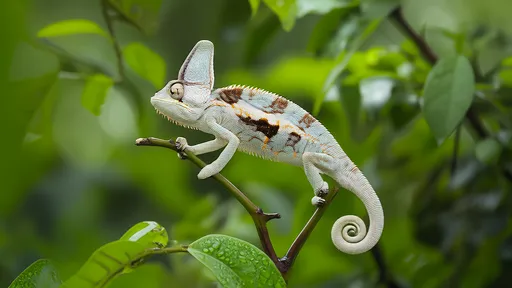
By /Jul 24, 2025

By /Jul 24, 2025
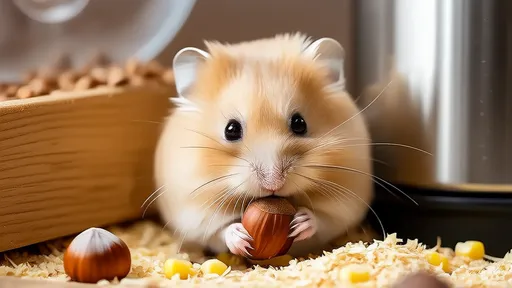
By /Jul 24, 2025
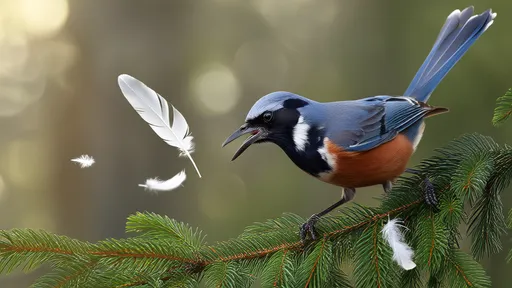
By /Jul 24, 2025

By /Jul 24, 2025

By /Jul 24, 2025
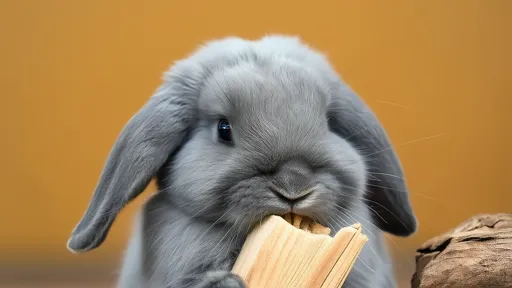
By /Jul 24, 2025

By /Jul 24, 2025

By /Jul 24, 2025
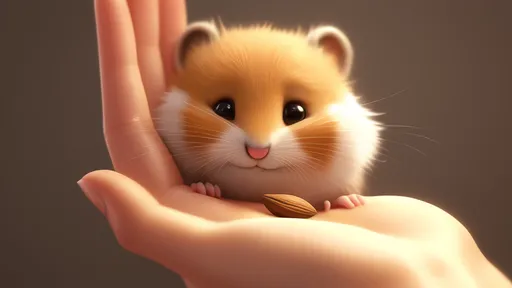
By /Jul 24, 2025

By /Jul 24, 2025

By /Jul 24, 2025
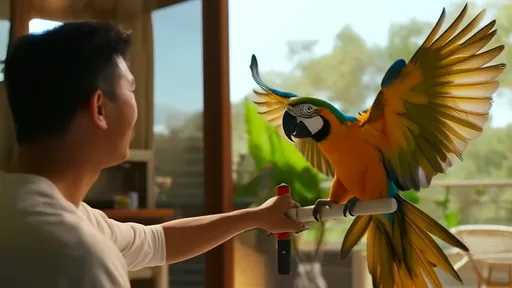
By /Jul 24, 2025

By /Jul 24, 2025

By /Jul 24, 2025

By /Jul 24, 2025

By /Jul 24, 2025